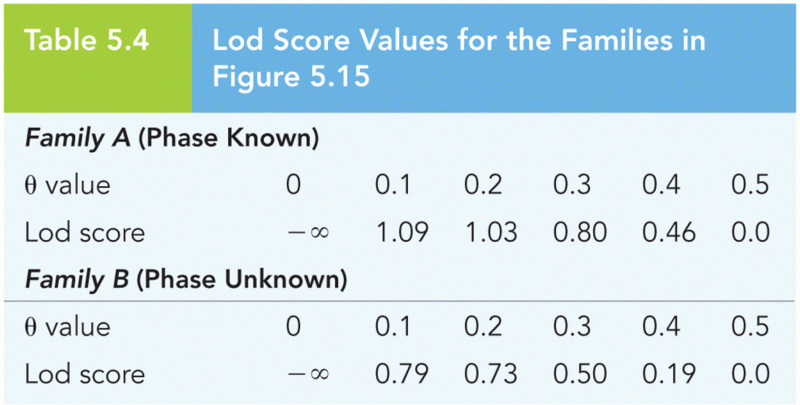|
|
|
Most women experience menopause in their 50s. However, in 1994, an Italian woman gave birth to a baby boy when she was 61 years old.
Addicts to opiates often avoid treatment because they are afraid of withdrawal. Though unpleasant, with proper management, withdrawal is rarely fatal and passes relatively quickly.
IgA antibodies protect body surfaces exposed to outside foreign substances. IgG antibodies are found in all body fluids. IgM antibodies are the first type of antibody made in response to an infection. IgE antibody levels are often high in people with allergies. IgD antibodies are found in tissues lining the abdomen and chest.
Vaccines cause herd immunity. If the majority of people in a community have been vaccinated against a disease, an unvaccinated person is less likely to get the disease since others are less likely to become sick from it and spread the disease.
The horizontal fraction bar was introduced by the Arabs.
 Negative control of an inducible set of genes: function of the lac repressor in regulating the lac o
Negative control of an inducible set of genes: function of the lac repressor in regulating the lac o
 Negative control of a repressible set of genes: function of the trp repressor and corepressor in reg
Negative control of a repressible set of genes: function of the trp repressor and corepressor in reg





